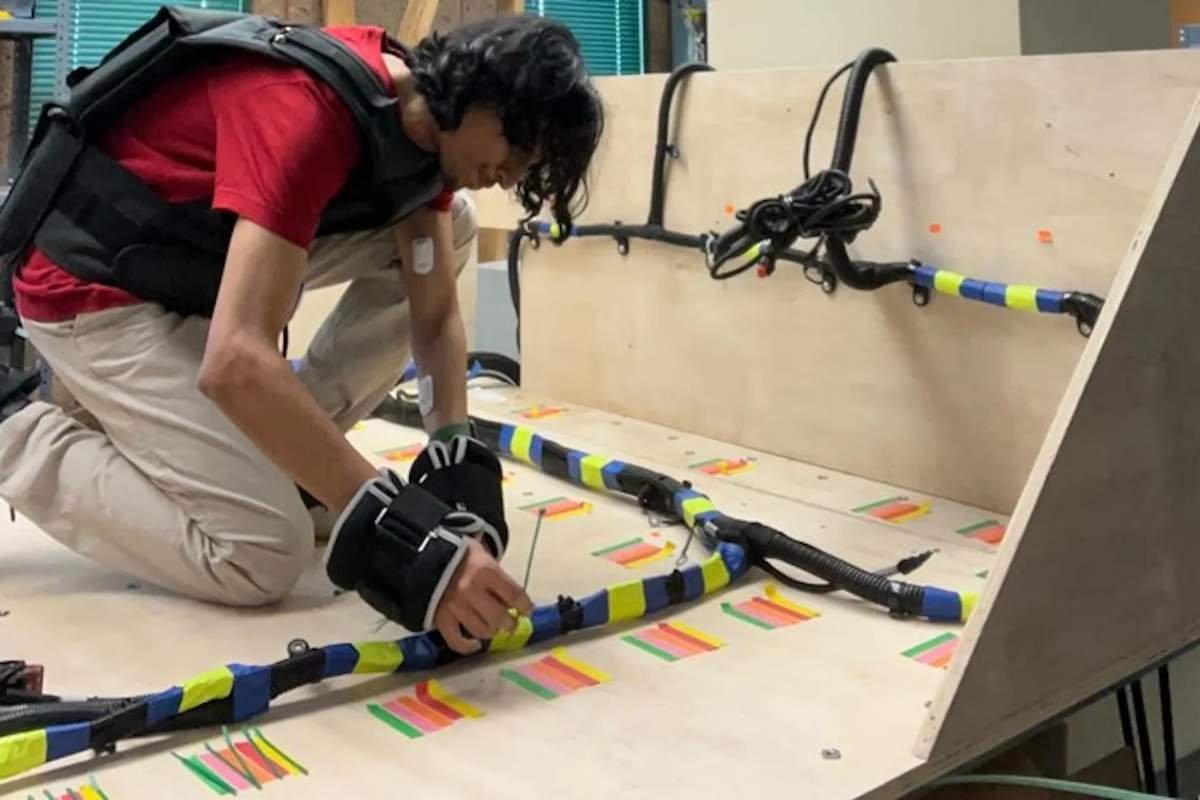New Study Combines Wearable Tech and Machine Learning
A recent study published in PNAS Nexus explored the use of wearable sensors combined with machine learning to monitor and predict worker fatigue in real-time. The research, which focused on factory workers, aims to improve both safety and productivity by offering a more nuanced understanding of fatigue levels. Traditionally, fatigue in manufacturing environments is hard to measure due to the absence of universal biomarkers, making it challenging for companies to address the issue effectively. The innovative approach used in this study provides a solution by monitoring vital signs and motion, offering real-time feedback on workers’ physical states.
This study holds significant implications for industries worldwide, where the cost of health-related productivity loss is staggering. In the U.S. alone, fatigue-related losses in manufacturing are estimated at $136 billion per year. Globally, workers in countries like Sweden, Japan, and Canada report similar challenges, with 90% of shift workers experiencing fatigue and its associated risks, including chronic fatigue syndrome and musculoskeletal disorders.
Advanced Sensing for Real-Time Monitoring
The study utilized multimodal wearable sensors to measure fatigue as a continuous variable, rather than classifying workers simply as “fatigued” or “not fatigued.” These sensors monitored a range of vital signs, including heart rate and skin temperature, while also tracking movements. Workers wore these devices during two tasks mimicking real-world factory conditions: Composite Sheet Layup and Wire Harnessing. The tasks were designed to induce fatigue, allowing researchers to collect data and apply machine learning models to predict fatigue levels based on the workers’ performance.
Participants in the study, aged between 18 and 56, were asked to wear weighted vests to simulate higher exertion levels. Over an 18-month period, the sensors provided continuous data, enabling researchers to analyze the physiological signs of fatigue. One of the key findings was the critical role of non-dominant arm movement and heart rate in predicting fatigue. The machine learning model employed an asymmetric loss function, prioritizing the reduction of underpredicted fatigue levels, which could have practical safety implications in real-world scenarios.
User feedback from workers in factory environments indicated that the wearable sensors were comfortable and unobtrusive, leading to the possibility of wider implementation. The workers also reported that the technology had minimal impact on their tasks, suggesting that it could easily be adopted across various industries.
Implications for Workplace Safety and Ethics
The findings of this study are not only groundbreaking in terms of improving safety and productivity but also open up discussions on the ethical and legal implications of using such technology in the workplace. By monitoring fatigue levels in real-time, companies could mitigate injury risks and address productivity losses, but the potential for misuse of such data also exists. Workers may underreport their fatigue due to concerns about administrative scrutiny, making the need for transparent and responsible use of this technology paramount.
Despite these challenges, the system developed by the researchers shows promise for empowering workers by offering them real-time feedback on their fatigue levels through a visual dashboard. This could help reduce the physical toll of repetitive tasks, improve ergonomics, and ultimately enhance working conditions. The dataset from the study has been made publicly available, encouraging further research into this important field. As industries continue to explore the potential of AI and wearable tech, the responsible deployment of these technologies will be crucial in ensuring that worker safety and well-being remain a top priority.







